Having just installed a small coal yard at Beeston Castle Station (See How I detailed the coal yard), I felt I needed to find or make a horse drawn coal cart for the coal merchant to ply his trade. I discovered that Hobby's produce a kit (scale 1:20) which seemed to solve my problem. However, when the kit arrived, rather than containing a set of laser-cut plywood parts, I discovered it contained a few sheets of plywood of varying thicknesses, some brass wire, brass rod, brass nails, wheels and a scale drawing showing all the various parts which were needed.
The kit was put on a shelf until I plucked up the courage to dust off my fret-working skills (acquired at school around fifty years ago) and tackle it. It turned out to be a lot less daunting than I had expected.
The first thing I did was buy myself a fretsaw and make a saw-bench from an offcut of 9mm plywood, similar to those which I remembered from my fret-sawing days. This I screwed to the surface of my workbench.
Following the instructions, I firstly marked out the main frame for the swivelling front truck copying the dimensions from the drawing. I could have overlaid the drawing on the ply and used carbon paper to transfer the drawing directly, but I didn't have any carbon paper to hand and, anyway, I dislike the smudging which often happens with carbon. As this is a commercial kit, I am not disclosing the dimensions. The kit costs just under £20 from the Hobby's website or the plans can be bought for around £4.00.
After marking and cutting out the outline ......
........ I drilled 2mm diameter holes in each of the internal corners ......
.... before sawing carefully along the lines with a fine fretsaw.
The cuts were then tidied up with a file and sandpaper.
Rather than cutting out the profiles for the springs from ply, I decided to make them from strips of brass shim. The four strips needed were cut and a 1mm hole drilled in the middle of each.
The ends of the longest strip were wrapped around a 2mm diameter bolt.
A dome headed brass pin was passed through the holes and the four strips soldered together
The solder was filed down and the springs bent upwards.
Four brackets were made from brass shim with 1mm and 2mm diameter holes.
The brackets were folded up ......
....... and then superglued to the frame in the positions marked on the plan, a brass pin holding them in place. The tails of the pins were snipped off when the glue set.
An axle mounting was cut from 6mm ply. 1mm holes drilled at the positions of the springs and 2.5mm holes drilled in the ends for the axles.
The springs were bolted to the brackets .......
...... and the springs glued to the axle support, and the ends of the bolts snipped off.
Bearing plates were then cut out .....
....... and fixed to the top of the truck.
Two bearing rings were carefully cut out ......
...... and one glued to the bearing plates.
Four corner plates were then drilled and folded from brass strip .......
...... and mounted on the corners of the truck, with 1mm domed brass pins to hold them in place in addition to superglue.
The ends of the pins were snipped off when the glue had set.
Where the pins coincided with those holding the spring brackets, dummy rivet heads were glued on - using 2mm half-round nail art gems.
The main timbers for the wagon body were then cut out .......
and superglued together.
The supports for the bearing ring were then cut out .......
..... and glued into place.
The second bearing ring was then carefully glued into place, making sure it was central.
The deck of the wagon was then cut out and planking scribed across it (on reflection, I should have cut the deck out with the grain at 90 degrees to the way in which I did it, so the grain was the same way as the planking).
The deck was test-fitted into the frame. A few adjustments were needed with sandpaper to make it fit properly.
It wasn't glued in place to make painting easier later.
A 2mm hole was drilled in the centre of the swivel plate and a bolt glued into the hole.
Corner brackets were cut and drilled from the brass strip ......
..... bent ........
...... and pinned and glued into place on the corners.
As previously, dummy bolt heads were glued on the innermost holes as pinning these would have been tricky because the pins would have coincided.
The rear axle support was cut from 6mm ply.
Springs and brackets were made as previously and the rear axle was fitted into place. At this point the wheels were put on the axles and the axles inserted in the holes in the axle supports.
The frame for the shafts was next cut out ........
......... as were the shafts.
The shafts were glued to the frame.
Eyelets were fashioned from brass wire. After being wrapped around a former ....
...... the wire was snipped off and a tail left.
This process was repeated four times.
The eyelets were then glued on to the shaft frame ......
...... and the front truck and a length of brass rod passed through and glued into place to act as a pivot.
The 4mm diameter wooden beads supplied with the kit .......
....... we're threaded with a piece of brass rod so it would be easier to see when the bead was level. It was lightly clamped ......
....... before a 1.5mm hole was drilled through perpendicular to the original hole.
This process was repeated for all four beads, though on reflection the two beads destined to be at the ends needed only to be drilled half way through.
The large signboard was marked out and shaped .....
Four short lengths of 1.5mm brass rod were cut .....
....... and slotted into the holes in the nameboard.
The beads were then slid on to the rods with brass rods cut to lie between them.
For the curly brackets at each end, two cut and shaped ....
..... before being threaded into the holes at the end of the deck.
The ends of the bracket were then soldered to the upright and tidied up with a file.
The front nameboard was then cut out and mounted on four lengths of 2mm square section stripwood supplied with the kit.
The name boards were then test fitted on to the deck.
Brackets were then fashioned from 1mm brass rod, following the guidance on the plan.
Similarly, corner brackets were made from brass strip, .....
..... before the brackets were attacked to the shafts.
The wagon was now more or less complete. As the deck of the cart was not yet glued, the nameboards were slotted temporarily into place to check everything fitted as it should.
Painting
The deck was removed and given a couple of coats of varnish. While this was set aside to dry, the rest of the wagon was given a couple of coats of sanding sealer, paying particular attention to the edges of the ply. This was to help give the paint a reasonably smooth finish.Several coats of dark blue acrylic paint were then applied to the body and wheels.
NOTE: I have discovered that cheaper acrylic paints, particularly dark blues, tend to be quite translucent when applied and so require quite a few coats to give consistent coverage. By contrast, Pebeo Studio Acrylics are opaque, therefore requiring far fewer coats to give adequate coverage.
The parts were then assembled and glued in place, the deck being given a wash of black and dark brown acrylic paint to simulate weathering and daily use.
The next stage was to detail the cart and to track down a suitable horse and harness it appropriately. This process actually several months, until I discovered that there was an instruction sheet tucked away in a corner of the Hobbys website - https://hobby.uk.com/model-harness-instruction-sheet.html
The construction of the harness is covered in a separate post - See How I harnessed a horse to haul my model coal cart - pending





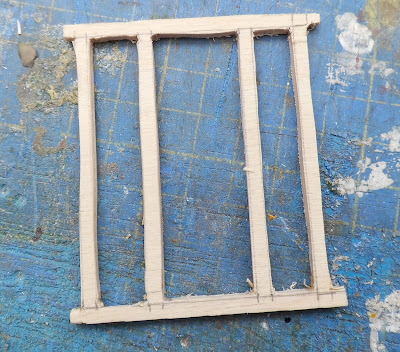






































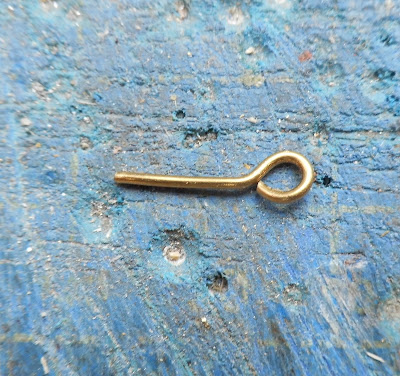






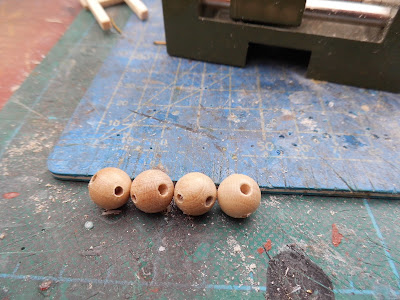










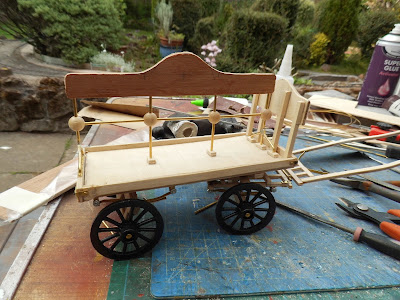

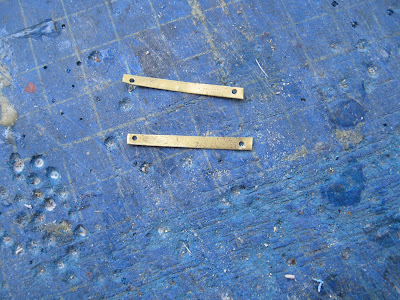



No comments:
Post a Comment